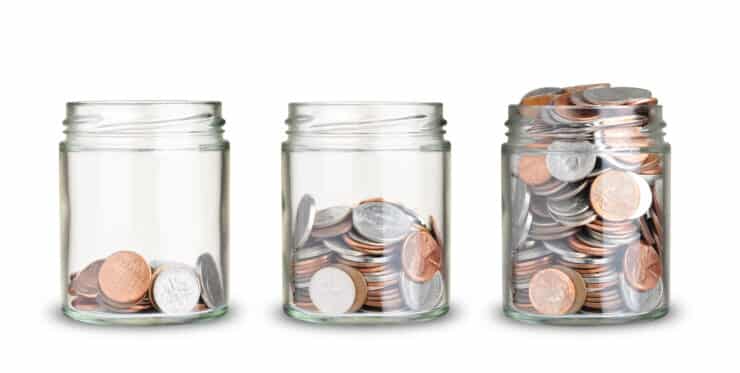Calculating personal finance ratios is a good way to get an overall picture of your financial health. Here are some ratios that you should track.
Emergency Fund
You want your emergency fund to be stocked with enough money to cover at least six months of living expenses.
- 6 Months Expenses. Start by calculating how much you need to cover expenses per month, then multiply that number by six to get your emergency fund balance. So, if your monthly expenses are $3,000 and you have $9,500 in your emergency fund, you have enough to cover three months. That’s a good start, but aim for 6 months or more.
Credit Utilization
Your credit utilization ratio is the biggest single factor in determining your credit score.
- How to Calculate Utilization. The credit utilization ratio is calculated by dividing your total credit used by your total credit limit. Ideally, you want your ratio to be below 30 percent. If you’re looking to improve your score, try to keep it closer to 10 percent.
Housing Ratio
Tracking this ratio will help you understand how much house you can safely afford based on your income. Most experts suggest that your housing ratio should be less than 28 percent of your gross pay.
- Calculating Housing Ratio. A housing ratio refers to housing costs (mortgage payment or rent payment) divided by your gross pay.
Savings Rate
Your savings rate is the percentage of your income that you stash away for short and long-term savings. This can include emergency savings, saving for a financial goal, or retirement savings.
- Savings Rate Calculation. Aim to save between 10 and 15 percent of your income.
Saving 15 percent over the course of your working life is enough to allow most people to replace 80 percent of their pre-retirement income when combined with Social Security over a 30-year retirement.
Do One Thing: Make it a goal to have all your personal finance ratios exactly where you want them to be.






